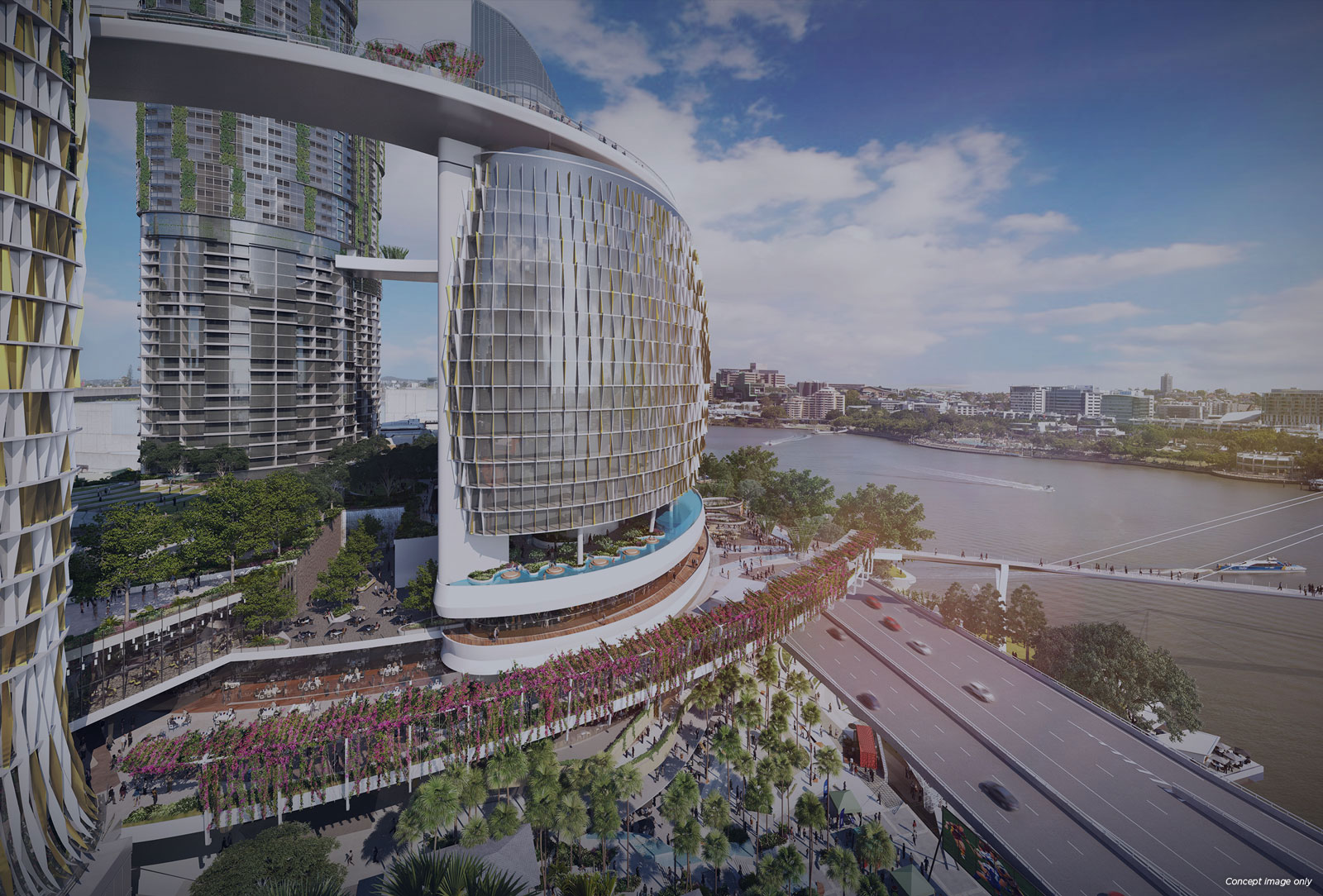Brisbane’s Office Market a Viable Alternative
Contributed by Damian Horton.
Rents for office space in Sydney and Melbourne are at historic highs and will continue to rise, in part due to a strong influx of overseas capital; yields on recent landmark CBD prime office transactions have been as low as 4.5 per cent.
As a result, investors are looking at Brisbane due to it having a higher comparative yield. As ever, there are wider issues to consider rather than just a simple price based comparison.
Brisbane’s current position
While Brisbane is less than half (45 per cent) of the size of the Sydney office market, it currently has much higher vacancy rates of 15.7 per cent and incentives up to 40 per cent. Sydney and Melbourne are hovering around 6.0 per cent and 6.5 per cent vacancy with incentives of 22 per cent and 30 per cent respectively.
[Related reading: Brisbane Office Market Forecast for Growth]
Brisbane’s high vacancy rate can be primarily attributed to the end of the mining boom, and reduction in demand from mining and related services industries. This has resulted in weak tenant demand and an excess of office space.
Construction of new office space in the Brisbane CBD, particularly the completion of 1 William Street in October 2016, and the accompanying move by government employees into their dedicated 74,800 square metre building, has created additional vacancy.
This has led to what can be described as a tenant’s market, with landlords having to compete heavily. Refurbished floor space, upgraded building services, and offering speculative fitouts are all options they have come to rely on. The latter has become increasingly popular amongst sub-1000sq m tenants – who made up a majority of demand in 2017.

Brisbane of the future
Ambitious tourism projects and upgrades due for completion in the next few years will all contribute to Brisbane’s future.
This will include the proposed Port of Brisbane cruise terminal which is due to open in 2020. The terminal will deliver a permanent docking space for the world’s largest cruise ships, which are currently unable to pass under the Gateway Bridge, and transform the city into a major cruise destination.
[Related reading: Designers Handed Mighty Task as Brisbane Mega Cruise Terminal Reaches New Phase]
A widespread focus on upgrading Brisbane’s masterplanned trade and industry site, TradeCoast, will also boost business prospects. The parallel runway project at Brisbane Airport, the biggest aviation project in Australia, will see a 60 per cent increase in annual flights upon completion in 2020. This is expected to deliver economic benefits of $5 billion per year by 2035.
Initiatives like these are significantly increasing the region’s trade prospects by transforming Brisbane into a better-connected global hub.
There are also a number of Brisbane city based infrastructure projects underway including Howard Smith Wharves and the $3 billion Queens Wharf project. Additional projects currently undergoing the approval process include the $2 billion Brisbane Live project and the $944 million Brisbane Metro transport system. These will all deliver thousands of jobs during construction and further opportunities for businesses once complete.
[Related reading: Brisbane Investors Bet Big on New $40 Million Music Venue]

Brisbane's office outlook
The Brisbane office market is currently near the bottom of the cycle. Despite the tourism and trade projects that are currently underway, conditions are expected to remain tough over the coming two to three years.
Continued lacklustre demand from mining and other services industries has kept employment growth relatively weak. This means there is little prospect of a substantial improvement in demand to absorb the existing overhang of office space.
The saying goes, “build it and they will come”, but it takes time for substantial infrastructure, trade and tourism improvements to come to fruition.
Slow economic growth may mean only minor improvements in Brisbane’s commercial office market in the short term. Stronger growth over the longer term, alongside extensive infrastructure projects, should begin to push the vacancy rate trend downwards, with momentum gaining as time progresses. While Brisbane may not be “back” just yet, all signs point to a promising future.

Damian Horton is head of property at Cromwell Property Group, he is responsible for the performance of Cromwell’s Australian property assets and provides leadership to the property, leasing and project teams.














